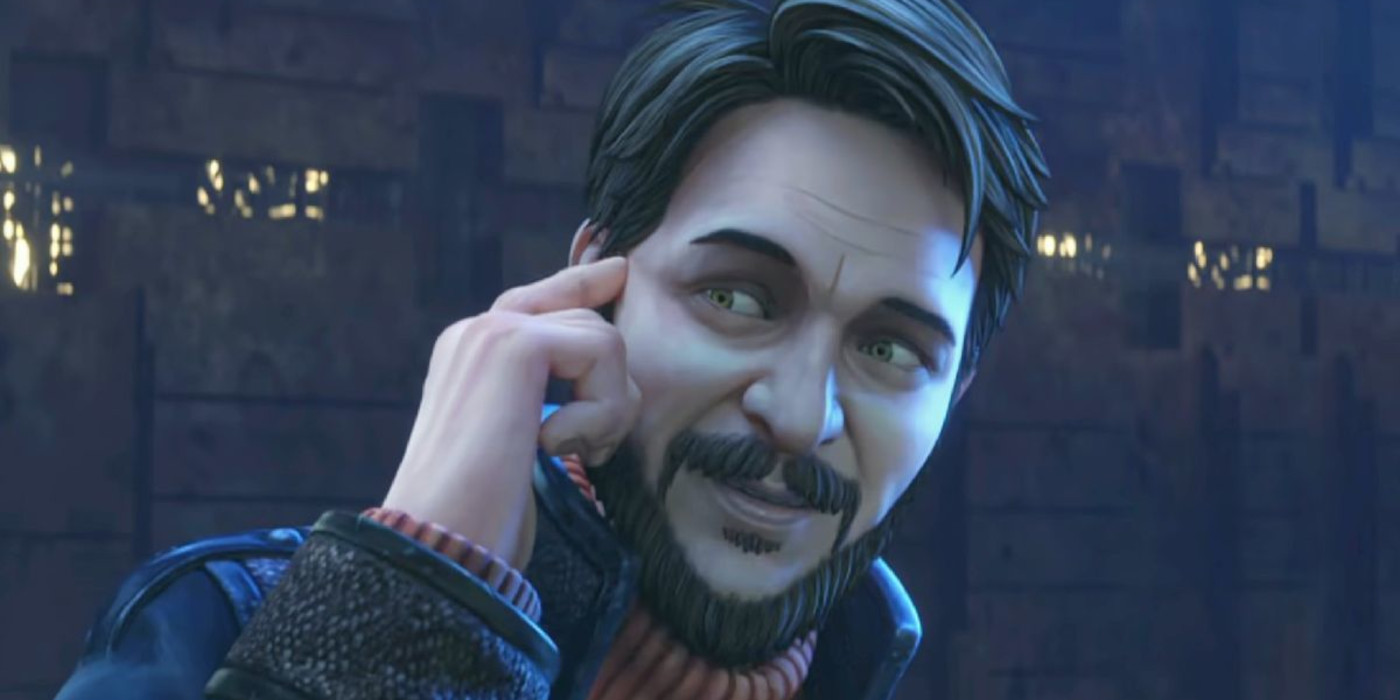‘Batman: Caped Crusader’ Finds Success in Ambiguity
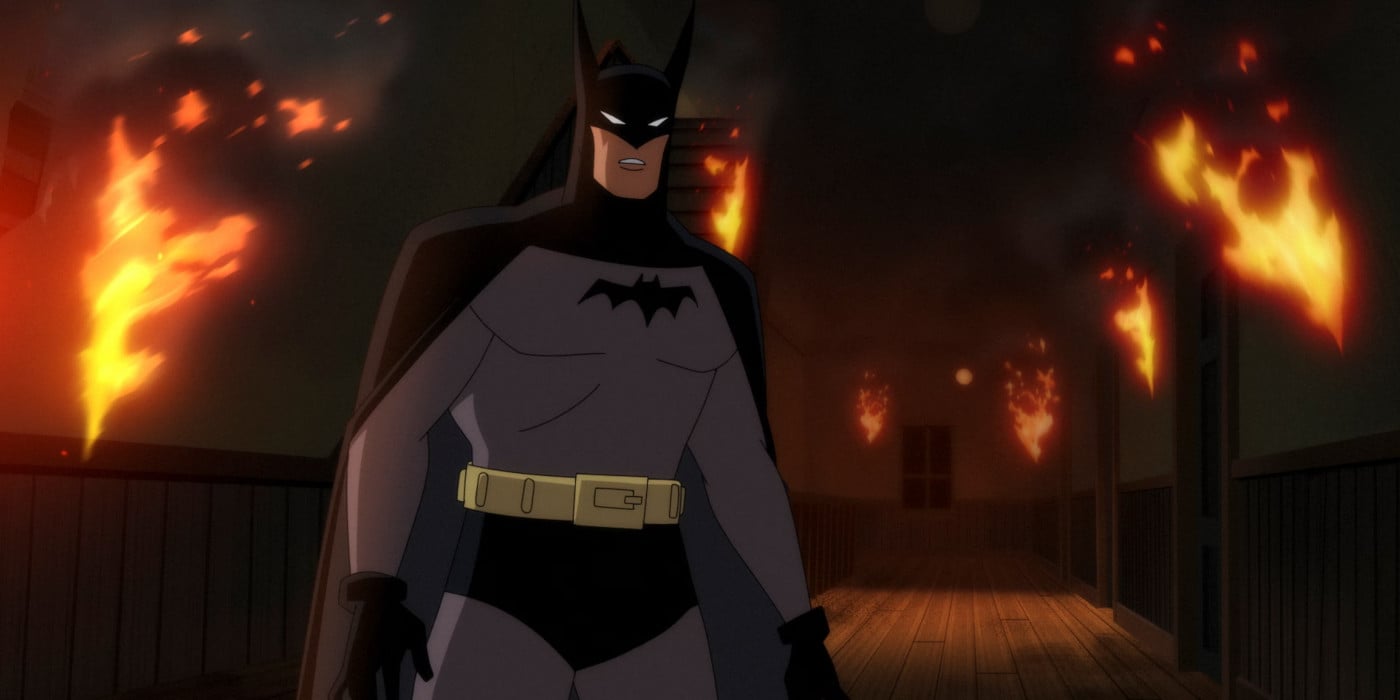
Batman: Caped Crusader is very much a Bruce Timm project. But there’s a key difference between Hamish Linklater and Kevin Conroy.
Is Batman the most adaptable figure in comic books? When you consider how many movies, shows, audio dramas, and Elseworlds stories there are dedicated to the Dark Knight, it certainly feels that way. But, of course, while there are many iconic versions of both Batman and his rogues gallery, there is kind of a consensus on who the best Batman actor is: Kevin Conroy.
Conroy became Batman in 1992 with the debut of Batman: The Animated Series. And it’s easy to see why Bruce Timm and Paul Dini’s vision for the character is so beloved. There are these beautiful, operatic stories. Mister Freeze is tragic. The Joker is manic. And Batman himself is almost magic. Kevin Conroy gives the Byronic hero a depth but also a real relatability and humor that a man dressing like a bat doesn’t automatically have.
And so when you watch this new Timm series, Batman: Caped Crusader arguably the most notable thing is Conroy’s absence. The actor passed away in November 2022 leaving impossible-to-fill shoes. At first, new Batman Hamish Linklater feels like a poor imitation. He sounds like Conroy, is clearly influenced by Conroy, but something feels missing—until you realize that’s intentional.
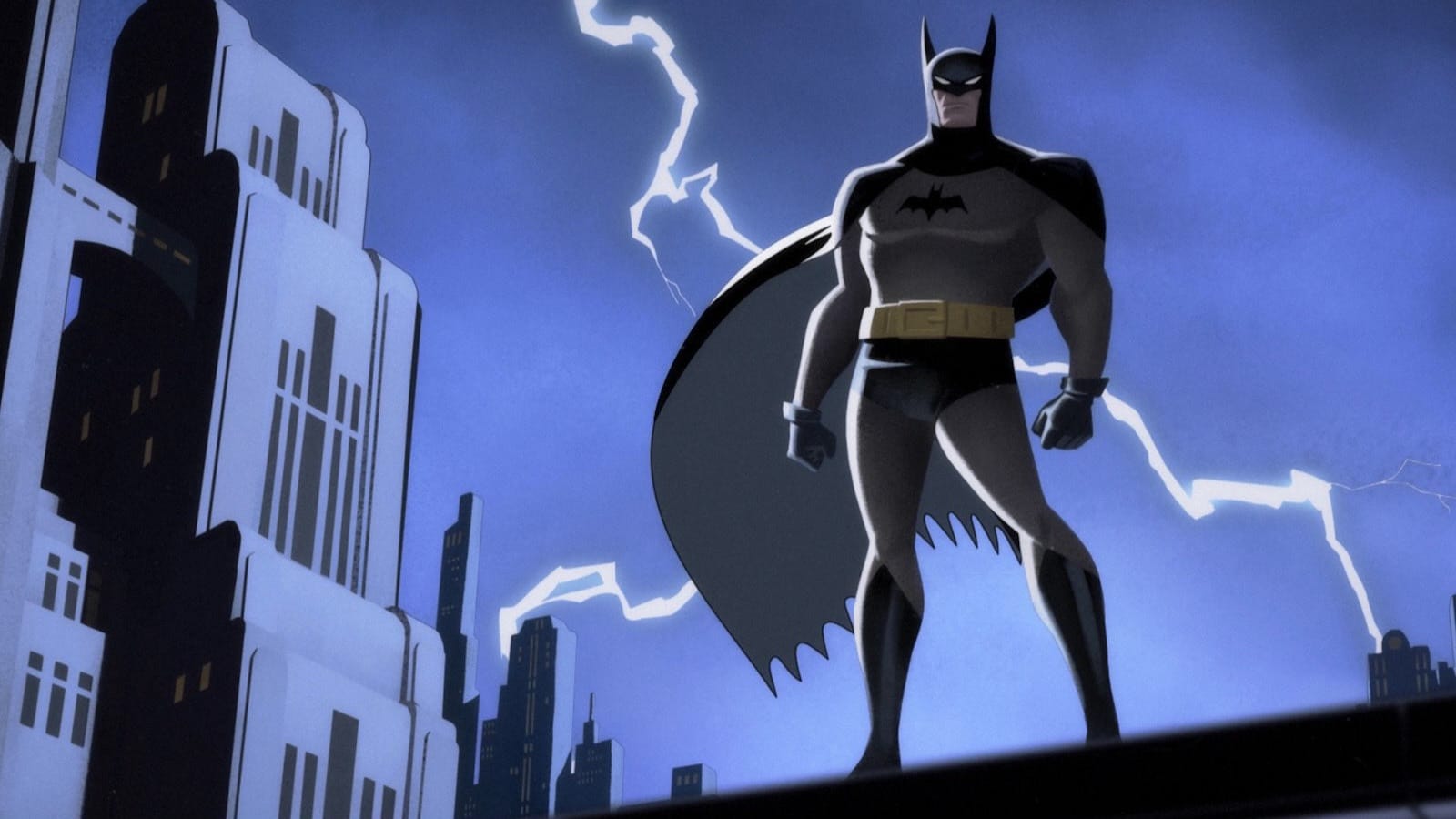
Courtesy of Amazon Prime
Second Verse, (Almost) the Same as the First
The first thing you notice about Batman: The Caped Crusader is that it’s a Bruce Timm project. Aesthetically while it may hew to a time period earlier than Batman: The Animated Series, stylistically the similarities are immediately unmistakable. The matte colors, the use of shadow, even the way the characters move evoke Timm’s iconic ’90s era.
There are, however, differences. And if you are of the terminally online variety, you’ve already heard about a few of them in the most clickbait of terms. Penguin is a woman! The Gordons are Black! Harley Quinn is Asian! But while, yes, race and gender changes to characters do alter the way these characters experience their world, there’s a lot more to inspect than the barrage of “Batman’s gone woke” YouTube videos suggest.
The changes are top down and they begin with Batman himself. Kevin Conroy’s take on the character, brooding though he can be, slips comfortably into the Bruce Wayne alter ego. His Batman can laugh at himself, even. And he also has the ability to build close-knit emotional relationships, complex though they may be.
Hamish Linklater’s Batman has little interest in the domestic. He’s stiff as Bruce Wayne and cold, even morally ambiguous as Batman. He calls Alfred solely by his surname — Pennyworth. And it’s all intentional. This isn’t a story where Bruce Wayne doesn’t know how to be Batman yet, this is a story of a man who doesn’t know how to be human yet.
And it works so well.
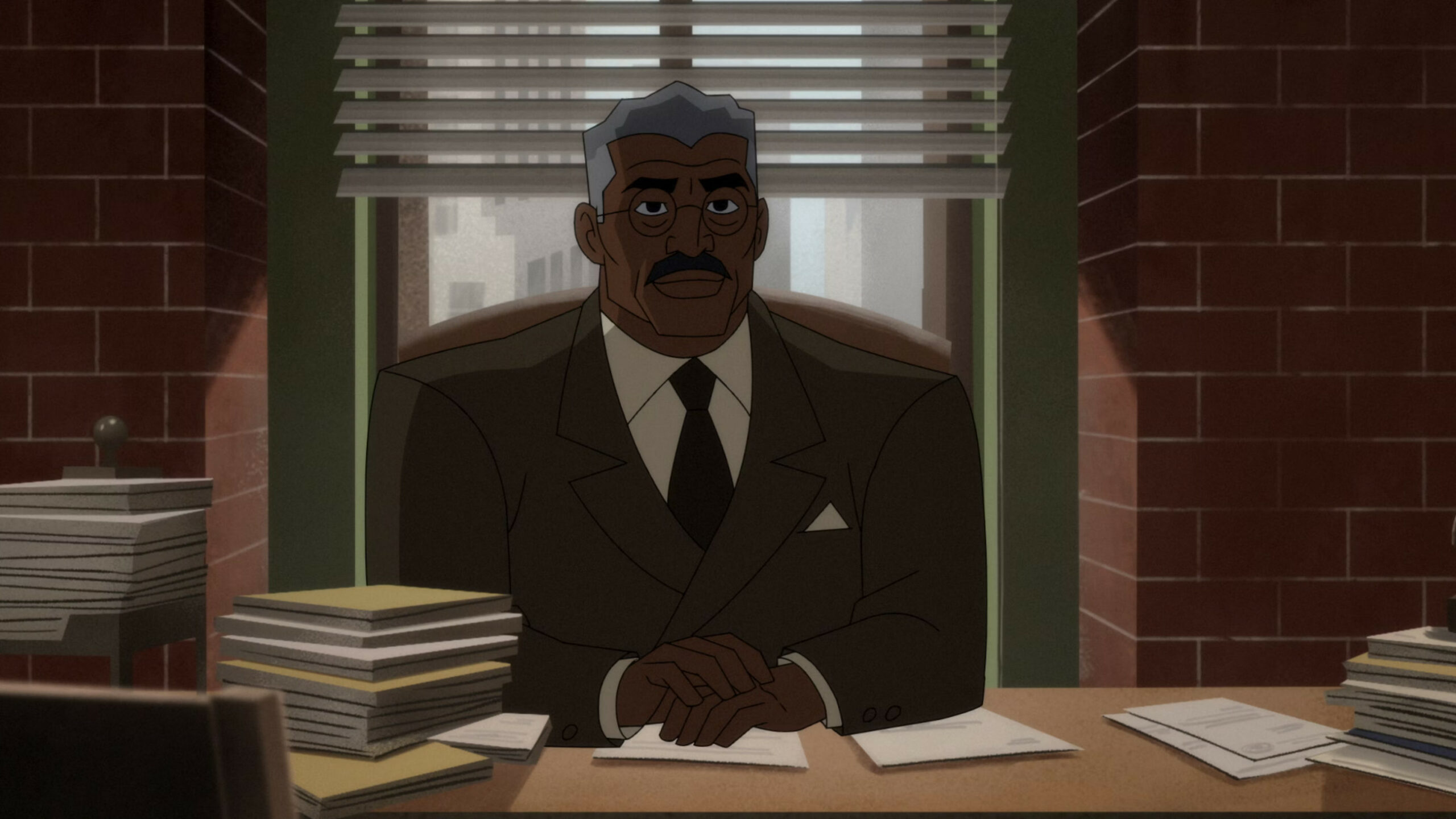
Courtesy of Amazon Prime
The Batman: Caped Crusader Heroes Aren’t Always Heroic
What’s great about shifting Batman to a more neutral figure is that it also invites altering both his world and everyone else in it as well. And the place that starts is with Gotham City‘s legal system. Jim Gordon is still commissioner of the GCPD. In this iteration Barbara Gordon acts as public defender. And each of them has to face the reality that the systems they work within are extremely corrupt.
We see this play out everywhere, but it’s easiest to see the cracks through two characters: Detective Harvey Bullock and District Attorney Harvey Dent. In Batman: The Animated Series Bullock is a hot head, a knucklehead with bad hunches. But in Batman: Caped Crusader he’s on the take and easily influenced by people more nefarious then him.
Harvey Dent is a full on white hat in TAS. He just has psychological problems he has to work through. But right away in Caped Crusader we see a man who lies to himself and everyone else in the name of a mayoral bid. Dent thinks he’s a good guy, but he’s infinitely corruptible. There’s nothing operatic about Dent’s journey. He’s a man driven by ego who faces a terrible price for his vanity.
Even the Gordons struggle in fundamental ways. Jim doesn’t want to see the corruption under his nose and Barbara can’t accept that sometimes her clients need to face consequences. So the two butt heads in a way that makes them both wonderfully human.
That extends to the more costumed baddies, too.
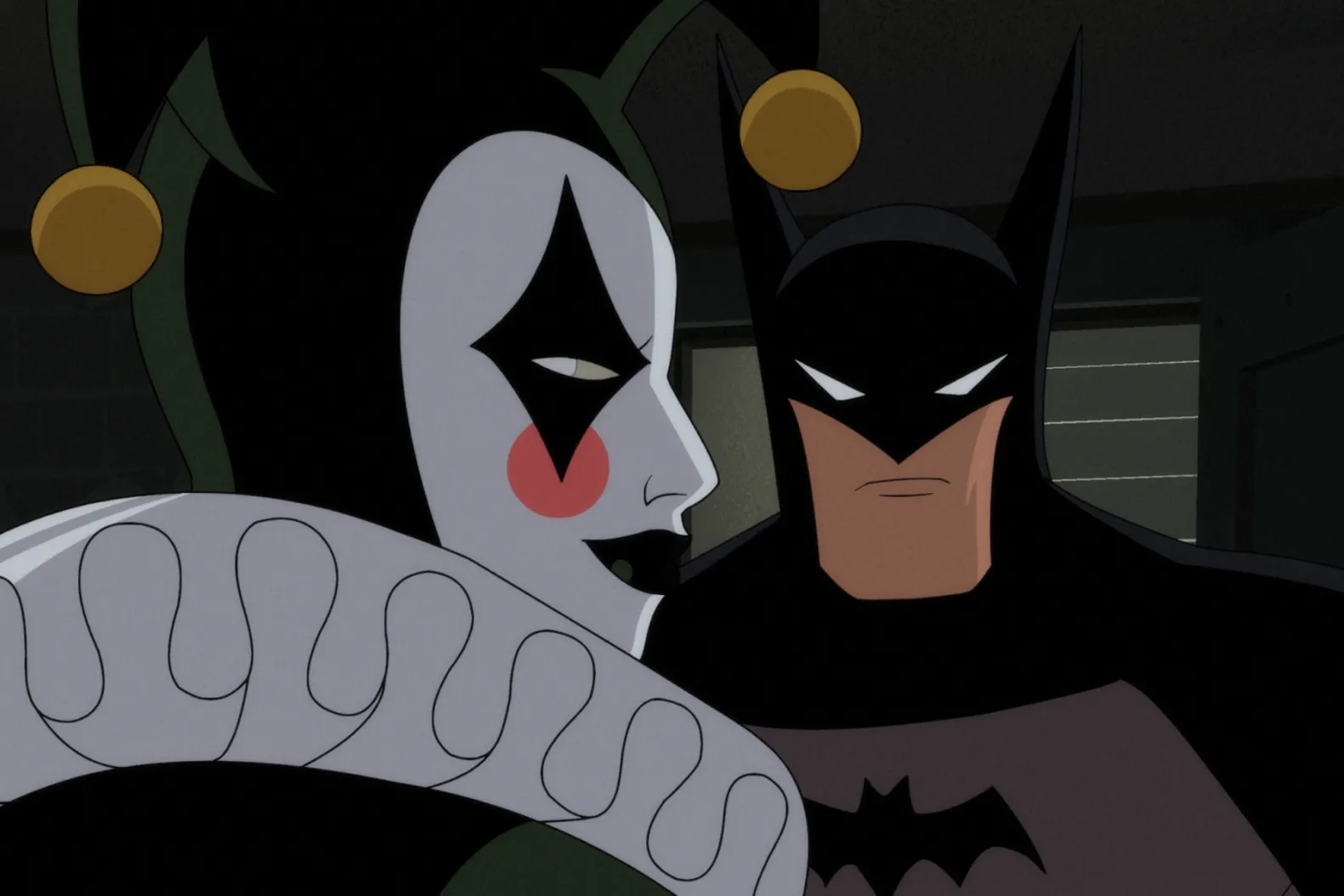
Courtesy of Amazon Prime
The Batman: Caped Crusader Rogue’s Gallery
Not every classic character from Batman’s rogue’s gallery gets the morally grey treatment, but the ones that do are the better for it. Catwoman is often a woman in financial straights. Throughout her iterations, she’s someone who often needs to steal and commit other crimes. But here with Batman: Caped Crusader she’s driven by privilege.
This version of Catwoman steals because she likes to and because her once-wealthy family is no longer in top shape. She needs to steal to stay rich, not to stay alive—and she likes stealing, too. But in the process of living her carefree version of a cat burglar’s life, she loses what wealth she has. In fact she loses the relationships she has, too. Like Dent, Catwoman blows it all because she thinks she’s too big to fail.
But most interesting of all is the new Harley Quinn. Gone is the woman broken by her patient the Joker. In her place is a confident-yet-bubbly psychiatrist who sees corruption in Gotham through her selfish, billionaire patients. No Joker puts Quinn in costume—just a desire to strike back, torment, and manipulate the rich. And while she may be sweet in street clothes, Quinn is scary in costume, not funny.
Among Quinn’ clients is Bruce Wayne—and that forces the audience to ask who is more villainous here? Quinn wants to dismantle the wealthy. Batman doesn’t even speak to his father figure with affection.
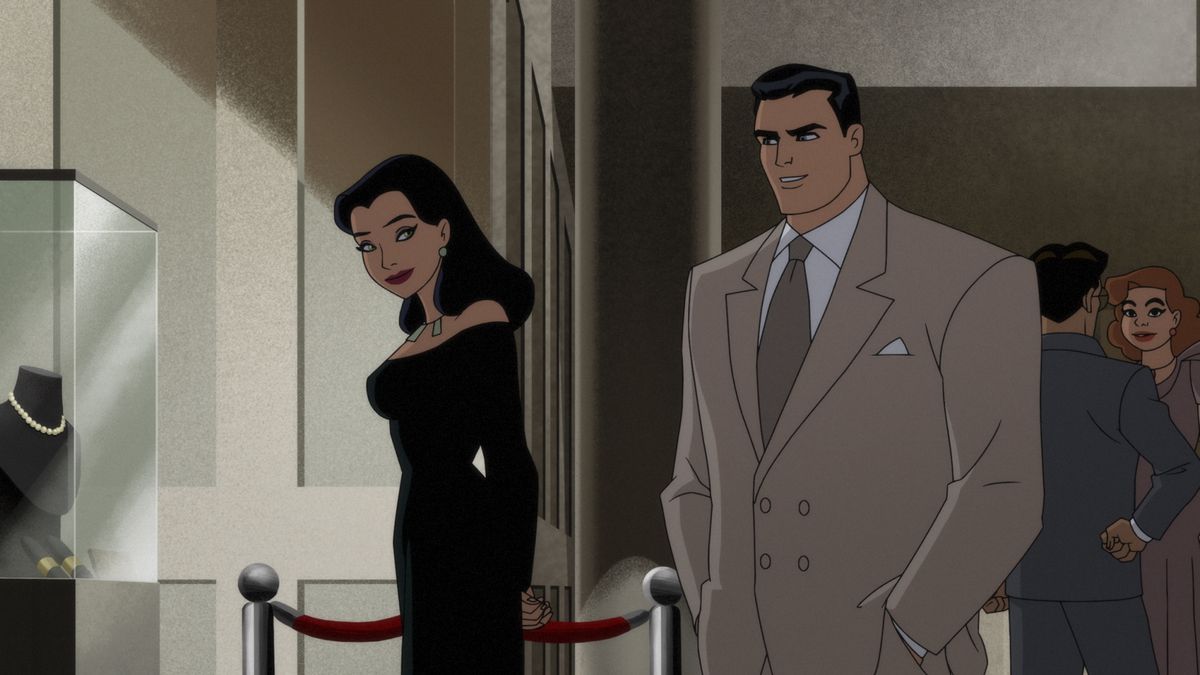
Courtesy of Amazon Prime
Turning Weakness to Strength
In a perfect world Kevin Conroy gets to live as long as he wants and be Batman to his heart’s content. For a lot of us he will always be the quintessential Dark Knight. And so hearing Hamish Linklater is a little like hearing the Saturday Night Live intros without Don Pardo at first. It almost feels soulless. But this colder Batman, this man who still has a long journey towards self discovery is exactly what makes Batman: Caped Crusader great.
This is an exciting and frightening new vision of Gotham City. It’s a place where the villains have a point and sometimes it feels like the supposed heroes are on autopilot. Sometimes Batman saves children from a burning building, but other times he twists his own friends towards damnation for his own self interest.
That’s a world where the Harvey Bullocks over the world wind up on the cover of the paper hailed as heroes. It’s a town where a good commissioner can’t trust his own colleagues. It’s homophobic, it’s out of balance, and there’s no guarantee that things will work out. All you can do is hope the guy dressed as a bat is having a good night and no one’s pockets are lined with money coated in your blood.
Yeah, Batman: Caped Crusader just might be the best iteration of Gotham City we’ve seen in decades.


